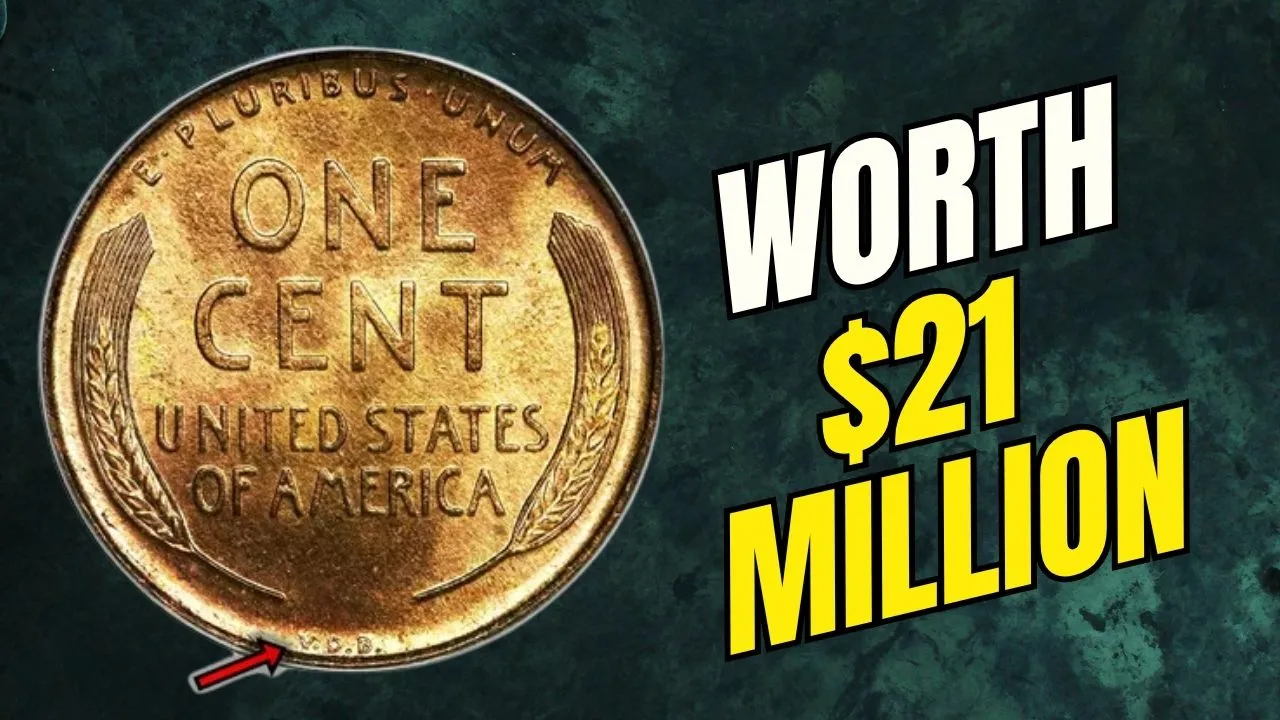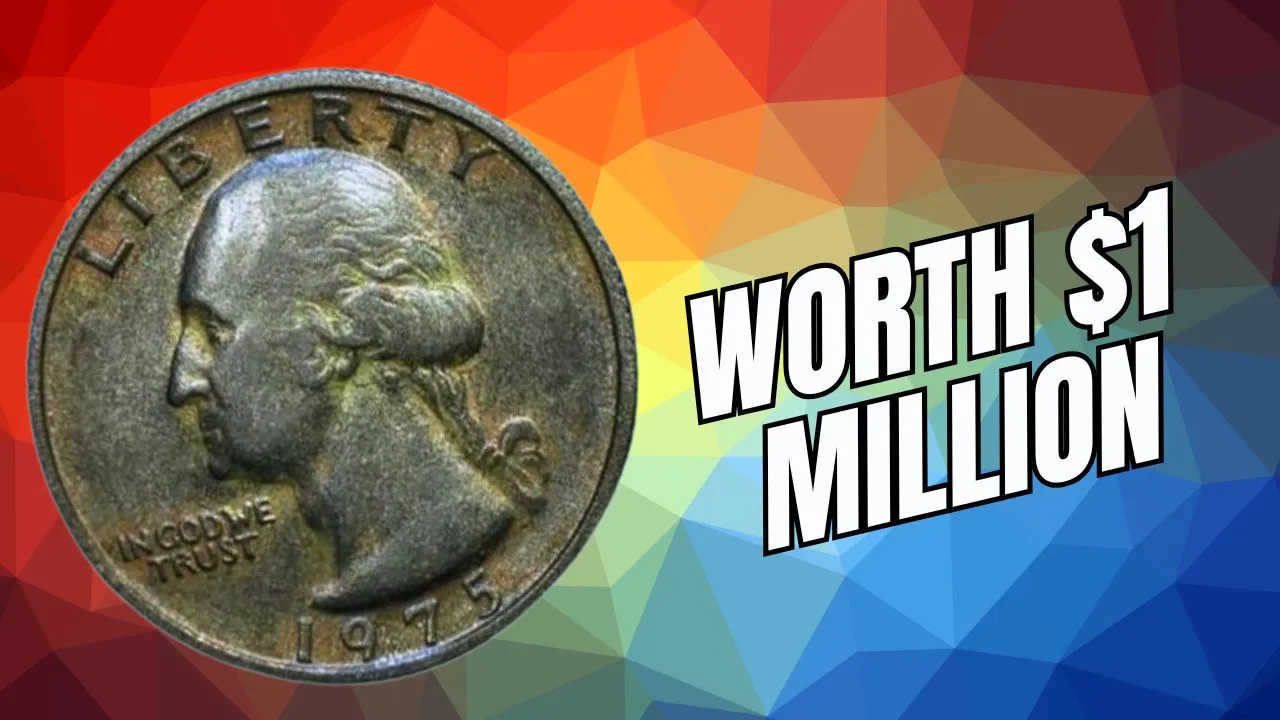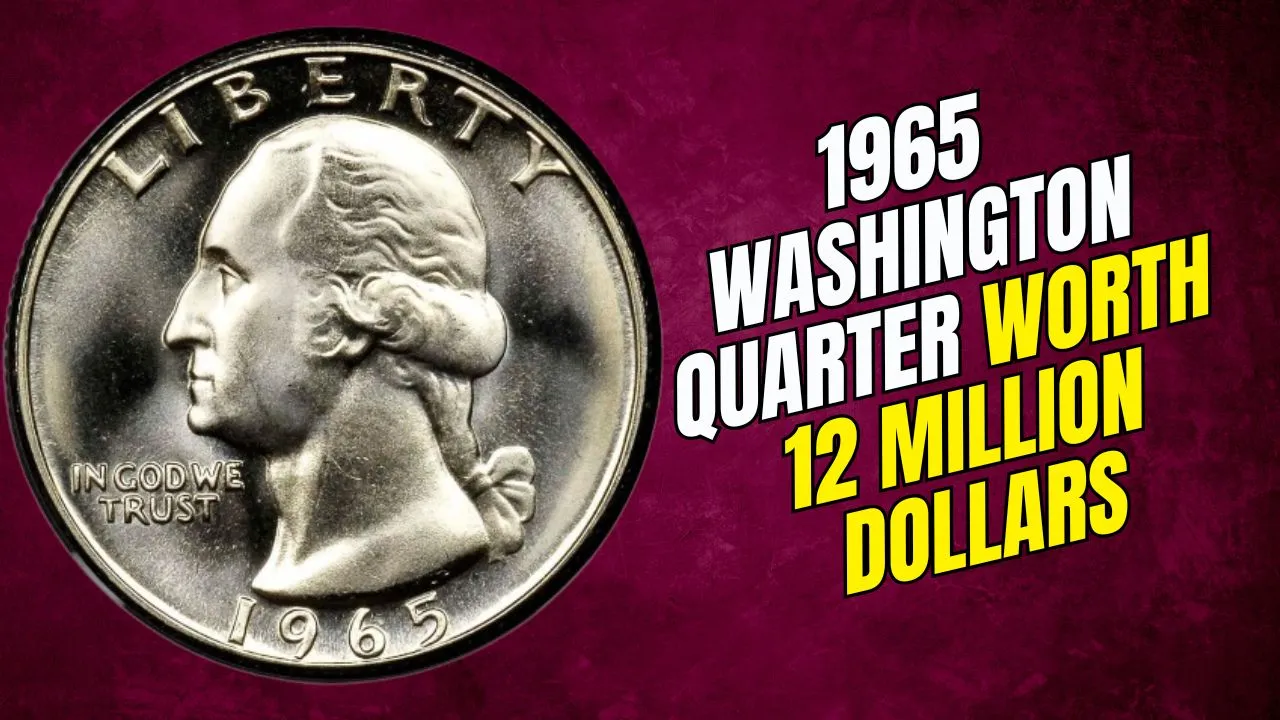Lincoln Wheat Penny worth $21 million : The Lincoln Wheat Penny has long fascinated coin collectors and history lovers alike. First minted in 1909 to honor Abraham Lincoln’s 100th birthday, this small copper coin has become a legend in American numismatics. While most are worth face value, a few rare versions can fetch serious cash. Recently, attention has surged around a particular 1943 bronze penny—an ultra-rare mistake coin that could now be worth an astonishing $21 million.
The Lincoln Wheat Penny worth $21 million isn’t a myth—it’s real, and it might still be sitting unnoticed in someone’s coin jar or loose change pile. With only a handful of these error coins believed to exist, collectors and everyday people alike are now checking their spare change more closely than ever. This article breaks down why this penny is so valuable, how to identify it, and the other rare Wheat Pennies you should keep an eye out for.
The Lincoln Wheat Penny Worth $21 Million
While thousands of Lincoln Wheat Pennies were minted between 1909 and 1958, the one that has captured global attention is the 1943 Bronze Penny. During World War II, the U.S. Mint replaced copper pennies with steel to conserve resources for the war effort. However, a few bronze blanks accidentally made their way through the system, resulting in a coin that was never supposed to exist. These rare coins are the ones collectors prize the most—and why the Lincoln Wheat Penny worth $21 million is making headlines.
Overview Table: Rare Lincoln Wheat Pennies and Their Values
| Penny Type | Estimated Value | Reason for Rarity |
| 1943 Bronze Penny | Up to $21 million | Minted in bronze during copper shortages in WWII by mistake |
| 1909-S VDB Penny | Up to $100,000 | Low mintage; designer’s initials on reverse |
| 1914-D Penny | Up to $200,000 | Limited production at Denver Mint (1.2 million minted) |
| 1955 Double Die Penny | $1,000 – $25,000+ | Double imprinting error on the date and text |
| 1944 Steel Penny | Up to $75,000 | Another wartime error, opposite of the 1943 bronze case |
The Lincoln Wheat Penny: A Tiny Coin with a Massive Legacy
Introduced in 1909, the Lincoln Wheat Penny holds the honor of being the first U.S. coin to feature an actual historical figure. Created by sculptor Victor David Brenner, it replaced the Indian Head cent and became a favorite among Americans. Its reverse side, which displays two wheat stalks, symbolizes prosperity and abundance—making it not only meaningful in design but also in purpose.
The coin’s run lasted until 1958, after which it was replaced by the Lincoln Memorial cent. During its nearly 50-year circulation, millions were minted, but it’s the rare errors and first-issue pennies that have transformed this humble coin into a collector’s dream.
A Coin Steeped in History
The Lincoln Wheat Penny’s historical journey adds to its value. It wasn’t just any coin—it was launched during a time of celebration for America’s 16th president and continued through times of war and economic change. The most famous anomaly came in 1943, when copper was needed for ammunition. As a result, pennies that year were struck in steel, giving them a silver-like appearance.
But a few bronze blanks slipped through the cracks, creating what is now one of the rarest coins in U.S. history. Only about 10 to 15 authentic 1943 Bronze Pennies are believed to exist, each potentially worth $21 million today.
What Makes It So Valuable?
Several factors drive the staggering price of the Lincoln Wheat Penny worth $21 million:
- Rarity: The 1943 Bronze Penny is a true mint error, with only a few known examples.
- Historical significance: It ties directly into the WWII era and copper conservation efforts.
- Condition: Coins in mint or near-mint condition are exponentially more valuable.
- Collector demand: With so few in existence, competition is fierce among collectors.
- Public interest: The story of an everyday coin possibly worth millions keeps demand high.
Other Lincoln Wheat Pennies like the 1909-S VDB or 1914-D are also valuable but don’t reach the same level of scarcity or price tag as the 1943 Bronze Penny.
How to Spot a Million-Dollar Penny
Think you might have a fortune in your pocket? Here’s what to look for when examining a possible Lincoln Wheat Penny worth $21 million:
- Date: Check for 1943 on the front. If it’s bronze and not steel, that’s your first clue.
- Magnet test: Steel pennies are magnetic. A 1943 bronze penny won’t stick to a magnet.
- Weight: Bronze pennies weigh around 3.11 grams. Steel ones weigh closer to 2.7 grams.
- Color: Steel pennies look silver; bronze ones have the classic copper tone.
- Errors: Look for features like double strikes or misaligned prints—these also raise the value.
Never clean your coin. Cleaning can destroy its value. If you suspect you have a rare penny, get it professionally authenticated by services like PCGS or NGC.
Could It Still Be Out There?
It sounds like a dream, but the Lincoln Wheat Penny worth $21 million could still be hiding in plain sight. Some of the rarest coins in history have been found in everyday situations—inside cookie jars, change purses, or garage sale collections. The reason these coins slip through unnoticed is because they resemble common pennies.
Stories of people unknowingly spending or discarding these rare coins are not unheard of. So next time you get change, take a second look. You might just be holding a life-changing coin without even realizing it.
Penny’s Last Days: U.S. to Stop Making Cents
With rising production costs and declining use, the U.S. is reportedly considering phasing out the penny entirely. That gives even more weight to collectors looking to snatch up rare versions like the Lincoln Wheat Penny worth $21 million. Once production stops, public interest could drive up the value of rare coins even further. Now may be the best time to check your collection—or start one.
Final Thought
The Lincoln Wheat Penny worth $21 million proves that sometimes, the most valuable treasures come in the smallest packages. Whether you’re a collector or just someone curious about coins, taking the time to look through your change could pay off in a big way. You don’t need to be an expert to get started—just keep your eyes open and learn what to look for.
If you enjoyed this article or have a rare coin story of your own, drop a comment below and share with fellow enthusiasts. And while you’re at it, explore more hidden gems in history—or even check your horoscope to see what kind of fortune could be headed your way.








